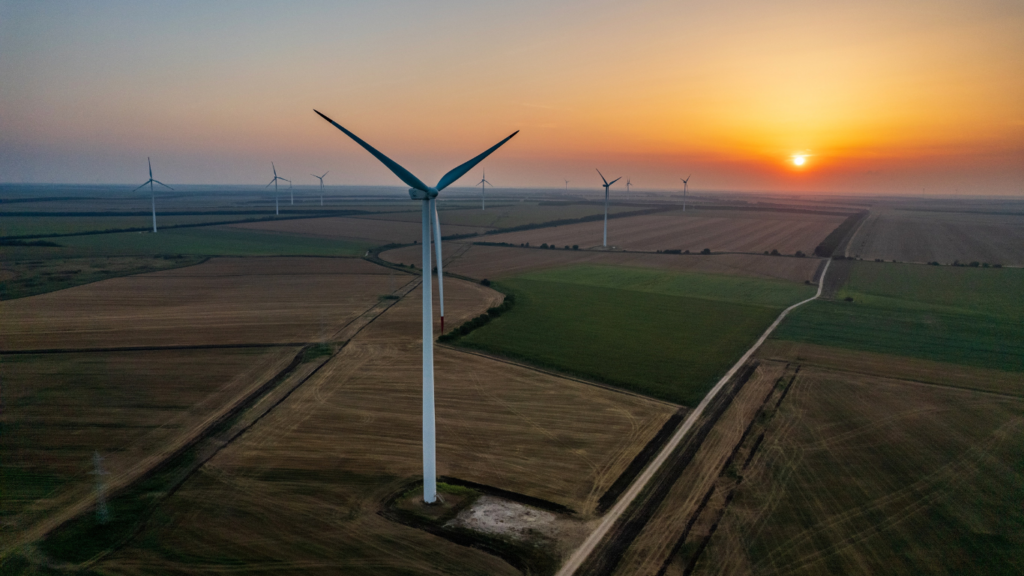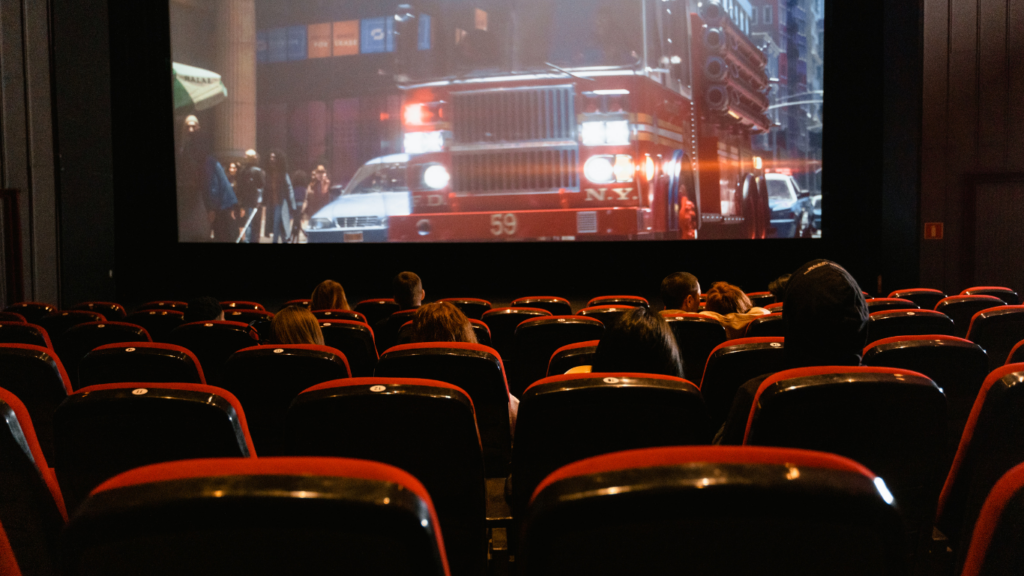Exploring the environmental impact of development projects is crucial in today’s world. As an expert in the field, I’ve witnessed the power of Virtual Reality (VR) simulations in revolutionizing how we conduct Environmental Impact Assessments (EIAs). By immersing stakeholders in realistic virtual environments, we can enhance their understanding of potential impacts and foster informed decision-making.
In this article, I’ll delve into the transformative role of VR simulations in streamlining the EIA process. From visualizing complex data to predicting environmental outcomes, VR technology offers a dynamic approach to assessing and mitigating impacts.
Join me as I uncover the benefits, challenges, and future prospects of integrating VR simulations into environmental assessments.
Overview of Environmental Impact Assessments Using VR Simulations
Exploring the realm of Environmental Impact Assessments (EIAs) through Virtual Reality (VR) simulations presents a paradigm shift in the evaluation of development projects. As an expert in this domain, I emphasize the immersive nature of VR simulations that transport stakeholders into realistic virtual environments.
This immersion fosters a deeper understanding of potential impacts, empowering stakeholders to make well-informed decisions. The transformative potential of VR simulations lies in their ability to streamline the EIA process, visualize intricate data sets, and predict environmental outcomes with remarkable accuracy.
Integrating VR simulations into environmental assessments offers a glimpse into a future where stakeholders can navigate complex scenarios effortlessly. By addressing both the advantages and challenges associated with VR simulations, we pave the way for a future where environmental assessments are conducted with unprecedented precision and effectiveness.
Advantages of VR Simulations in Environmental Impact Assessments
- Enhanced Visualization of Impact Scenarios: VR simulations provide detailed, interactive visualizations of potential environmental impacts, allowing stakeholders to better understand and assess the consequences of proposed projects.
- Improved Stakeholder Engagement: By immersing stakeholders in virtual environments, VR simulations facilitate more effective participation in the EIA process, promoting clearer communication and more informed decision-making.
Enhanced Visualization of Impact Scenarios
Through VR simulations, I can vividly illustrate various impact scenarios on the environment. These simulations provide a realistic representation of how a development project might affect the surrounding area. Stakeholders can virtually step into these scenarios, gaining a comprehensive understanding of potential impacts.
This visual clarity helps in making informed decisions based on concrete visualizations rather than abstract projections.
Improved Stakeholder Engagement
VR simulations revolutionize stakeholder engagement by offering an immersive experience. I can involve stakeholders in the EIA process more effectively by allowing them to virtually explore different scenarios and observe the potential consequences of development projects.
This interactive approach fosters active participation, deepens stakeholder understanding, and encourages collaborative decision-making. Engaging stakeholders through VR simulations leads to more informed discussions and ultimately contributes to more transparent and effective environmental assessments.
Challenges in Implementing VR Simulations for Environmental Impact Assessments
Addressing challenges in implementing VR simulations for Environmental Impact Assessments is crucial for maximizing their effectiveness in the assessment process. When considering the integration of VR simulations into EIAs, several key obstacles need to be overcome.
Technical Expertise Requirement
Acquiring the necessary technical expertise for creating and utilizing VR simulations can be a significant barrier. It requires skilled professionals with expertise in VR technology to develop immersive and accurate simulations that reflect real-world environmental scenarios.
Cost Considerations
The high costs associated with developing VR simulations can be a limiting factor for widespread adoption. From software development to hardware requirements, the expenses involved in implementing VR solutions for EIAs can be substantial.
Hardware and Software Compatibility
Ensuring compatibility between different hardware and software components is essential for seamless VR simulation deployment. The integration of varied systems and technologies can pose challenges in achieving a cohesive and effective virtual environment for environmental assessments.
Data Integration and Interpretation
Effectively integrating and interpreting diverse datasets within VR simulations is a complex task. Ensuring the accuracy and reliability of data inputs, as well as creating meaningful visual representations, are critical aspects that require careful consideration.
User Training and Familiarity
Overcoming the learning curve associated with using VR simulations is essential for their successful implementation in EIAs. Providing adequate training to stakeholders and ensuring their familiarity with navigating virtual environments are key factors for enhancing usability and engagement.
Navigating these challenges requires strategic planning, collaboration among multidisciplinary teams, and a commitment to overcoming technological and operational hurdles. By addressing these obstacles effectively, the integration of VR simulations can significantly enhance the Environmental Impact Assessment process, providing valuable insights and fostering informed decision-making.
Case Studies of Successful Implementation
In exploring the effectiveness of Virtual Reality (VR) simulations in Environmental Impact Assessments (EIAs), I have come across compelling case studies showcasing the successful integration of this technology into the environmental evaluation process.
These real-world examples highlight the tangible benefits and outcomes of utilizing VR simulations for EIAs, demonstrating how they have revolutionized stakeholder engagement and decision-making.
Port Expansion Project in California
In a large-scale port expansion project in California, VR simulations were employed to assess the potential environmental impacts of the development. By creating immersive 3D environments, stakeholders could visualize the changes to the coastal ecosystem, noise levels, and traffic patterns.
This enabled diverse stakeholders, including local communities and regulatory bodies, to actively participate in the decision-making process with a clear understanding of the project’s impacts.
Wind Farm Development in Europe
A wind farm development initiative in Europe utilized VR simulations to evaluate the visual and auditory impacts of the proposed turbines on the surrounding landscape and communities. Through interactive virtual scenarios, residents and environmental experts could experience the project’s scale and assess its effects on wildlife habitats.
This innovative approach facilitated productive discussions and enabled stakeholders to make informed decisions collaboratively.
Urban Redevelopment Project in Asia
An urban redevelopment project in Asia leveraged VR simulations to analyze the environmental repercussions of transforming a cityscape. By simulating air quality, noise pollution, and green spaces within the urban environment, city planners and policymakers gained valuable insights into the sustainability implications of the proposed changes.
The interactive nature of the VR simulations fostered constructive dialogue among stakeholders, leading to environmentally conscious urban planning decisions. These case studies exemplify the successful implementation of VR simulations in Environmental Impact Assessments, illustrating how this technology can enhance stakeholder engagement, improve decision-making processes, and drive sustainable development initiatives.
By immersing stakeholders in realistic virtual environments, VR simulations offer a powerful tool for visualizing potential impacts, fostering collaboration, and ultimately creating more effective EIAs.
Future Applications and Trends in using VR for Environmental Impact Assessments
Exploring the future landscape of utilizing Virtual Reality (VR) in Environmental Impact Assessments (EIAs) reveals exciting advancements and evolving trends that are set to redefine the way stakeholders interact with project proposals and their potential impacts.
As technology continues to advance, the integration of VR simulations into EIA processes is expected to bring about transformative changes, fostering more comprehensive understanding and informed decision-making.
Enhanced Data Visualization
Leveraging VR technology for EIAs will allow stakeholders to visualize complex environmental data more effectively, enabling them to grasp the scope of potential impacts with greater clarity. By immersing users in interactive 3D environments, VR simulations can provide a holistic view of proposed projects, facilitating better-informed assessments and decisions.
Simulation Accuracy and Realism
Future applications of VR in EIAs will focus on enhancing the accuracy and realism of simulations to reflect actual environmental conditions. By incorporating real-time data feeds and advanced modeling techniques, VR simulations can offer stakeholders a more authentic experience, enabling them to anticipate and evaluate environmental impacts with heightened precision.
Remote Stakeholder Engagement
With the growing trend of remote work and collaboration, the future of VR in EIAs lies in expanding opportunities for virtual stakeholder engagement. Through immersive VR environments, stakeholders from diverse locations can participate in project reviews, consultations, and decision-making processes, fostering more inclusive engagement and enhancing transparency.
Interactive Scenario Planning
One of the emerging trends in utilizing VR for EIAs is the integration of interactive scenario planning capabilities. Stakeholders can explore various project scenarios in real-time, simulate different environmental outcomes, and assess the consequences of proposed developments, enabling more robust planning and risk mitigation strategies.
Augmented Reality Integration
As AR technology continues to evolve, its integration with VR for EIAs presents new possibilities for on-site assessments and real-time environmental monitoring. By overlaying digital information onto physical environments, AR-enhanced VR simulations can provide stakeholders with dynamic insights into project impacts, fostering adaptive decision-making processes.
The future applications and trends in using VR for Environmental Impact Assessments point towards a dynamic landscape where technology and environmental stewardship converge to enhance the EIA process’s effectiveness and stakeholder engagement. Embracing these advancements and staying informed about emerging trends will be pivotal in navigating the evolving realm of VR-driven EIAs.



